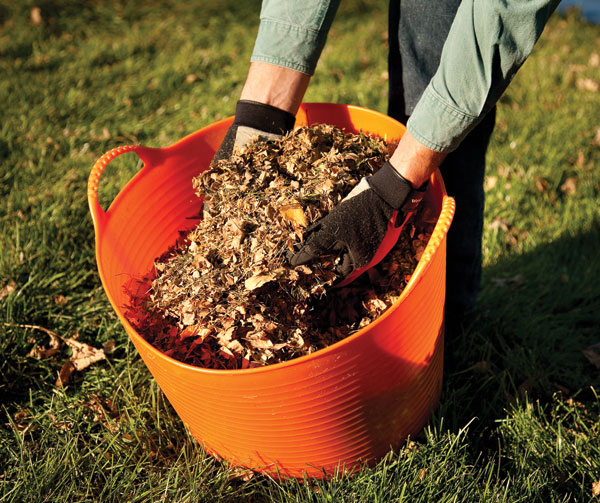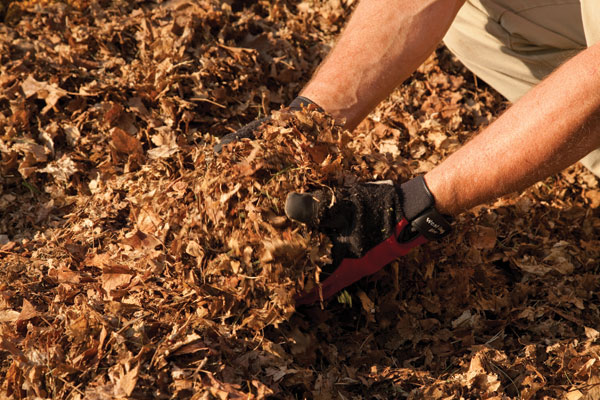
1. Winterize vegetables.
Certain hardy vegetables such as broccoli, Brussels sprouts, cabbage, kale, onions, radishes, turnips, and the like can survive a pretty hard frost. Help them through by mulching them with shredded leaves to keep the cold at bay. You can even put a mesh fence around each plant and fill it with up to 12 inches of leaf mulch for an extra-thick blanket of protection.


If you’ve decided to turn a portion of your lawn into a garden – vegetable or flower – shredded leaves can be a useful tool in this process. Start by mowing the grass as low as you can, then cover it with overlapping sheets of cardboard. Then, cover the cardboard with a thick layer of compost, then a top layer of shredded leaves. Water the bed occasionally, especially if you live in a more arid climate. Over the next few months (even the winter months, as fall is a good time for this process), microbes and earthworms will break down and dissolve all the layers you’ve put in place, leaving you with a nutrient-rich garden space ready for planting.
3. Protect trees.
Spread a generous 3-4 inch layer of shredded leaf mulch around the bases of your trees and shrubs before winter. This will insulate the tree from some of winter’s worst temperature drops, reducing the instance of injuries to shallow roots due to the cold.
4. Make leaf mold (it’s not as gross as it sounds).
Leaf mold is an invaluable resource for gardeners, especially organic gardeners. And, lucky for you, shredded leaves are the only needed ingredient! Gather your shredded leaves into a pile in a hidden corner of your property – you can fence them in with a few stakes and some chicken wire to keep them neatly in place. Then, just like compost, simply leave them be! You can help the process along by turning them occasionally. After about 2 years, you’ll have a nutrient-rich compost material. Mix it in with your garden soil for added plant nutrition, add it to potting soil, or mulch annuals and perennials with it to maintain moisture content in the hottest months.
